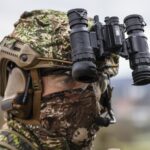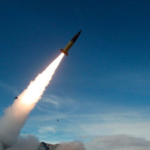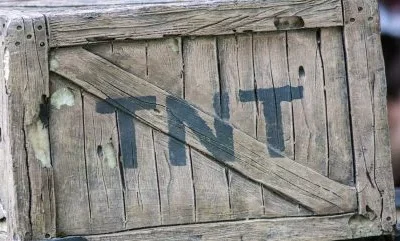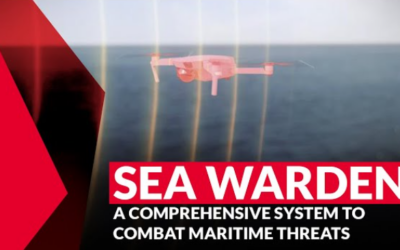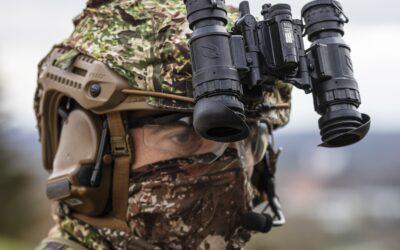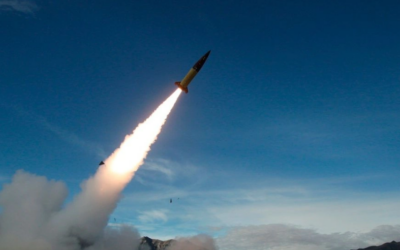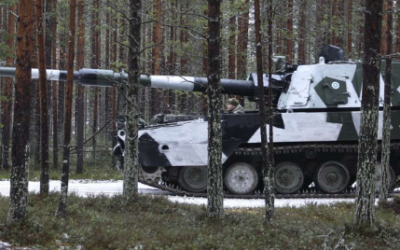As part of its quest to boost weapons production, the US Army is reestablishing TNT production on US soil, inking a deal to build out a…
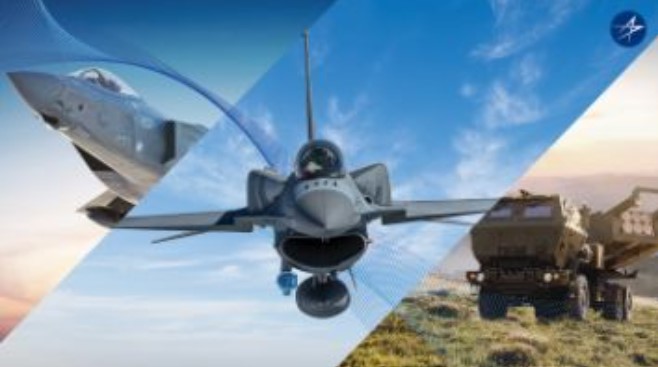
The upgrade of the Sniper® Networked Targeting Pod of Lockheed Martin will deliver interoperability to F-35 Lightning II and F-16 fighter aircraft as well as ground-based artillery systems such as HIMARS and MLRS.
According to the company, for NATO partners, the interoperability could extend to other 4th Generation jets as well as new mobile rocket launchers built in Europe.
Lockheed Martin engineers have managed to transform the combat-proven Sniper® targeting pod into an edge communications and computing node to enable combined joint multi-domain command and control.
Two technical enhancements in this new Sniper Networked Targeting Pod will keep 4th Generation fighters and other legacy platforms in sync:
- An advanced data link compatible with the F-35 will allow seamless sharing of target and surveillance information between aircraft.
- A Mobile Ad-hoc Network (MANET) radio will support a decentralized but highly secure mesh network of multiple air, ground and sea platforms ready to data-share and act on that information.
Also read: Lockheed Martin and Rheinmetall expand strategic partnership
The rapid development of Sniper is a direct response to NATO forces that seek closer collaboration between new F-35s and existing fleets of 4th Generation fighters, which they expect to fly for another 40 years. Customers also want continuous target-tracking data from aircraft sensors to improve ground-based precision fire’ capabilities and strike targets that relocate after being discovered.
The enhanced Sniper will enable missions in which F-35 multirole fighters and their advanced sensors serve as forward observers that identify and track targets while sharing precise coordinates with F-16s and ground-based Command and Control Systems that allow the employment of MLRS and HIMARS systems.
Lockheed Martin has proven interoperability through a series of ongoing tests and demonstrations. Recent tests, using HIMARS and GMLRS, have shown Sniper’s ability to connect air and ground forces in new ways. The company plans to conduct more complex flight testing and live missile shots in cooperation with the U.S. military.
Lockheed Martin’s investment in the Sniper Networked Targeting Pod is part of the company’s vision for 21st Century Security®, which aims to integrate networking capabilities and edge computing across aircraft, sensor systems and weapon systems.
Also read: Romania | Lockheed Martin and Aerostar open HIMARS maintenance hub
Core to 21st Century Security, Lockheed Martin engineers have speeded the development and testing of Sniper by harnessing the latest digital technologies such as simulated missile shots directed by real-world inputs from the targeting system.
Lockheed Martin chose the Sniper pod to facilitate communication between 5th and 4th Generation jets for two reasons:
- Upgrading a “plug-and-play” external pod with a data link compatible with 5th-generation fighters provides more flexibility than modifying the aircraft.
- The Sniper pod is widely integrated, easy to upgrade, and trusted by air forces around the world.
The electro-optical sensor system has been successfully integrated into the F-16, as well as most other types of military jets deployed in Europe. U.S. and allied air forces have put nearly 2,000 Sniper pods through more than 4 million operational hours worldwide including intelligence, surveillance and reconnaissance missions.
Now, besides linking F-35s, F-16s, rocket launchers, and command and control systems, the Sniper Networked Targeting Pod could enhance the capabilities of other Lockheed Martin-built systems. Those include the United Kingdom’s SkyKeeper air defence system and Lockheed Martin’s new low-observable hypersonic missile, Mako.
Also read: Lockheed Martin | Introducing the new Mako hypersonic multi-role missile
READ MORE
Ticonderoga | The US Navy is extending the operational life of three cruisers
The US Navy has announced that it is extending the operational life of three Ticonderoga-class cruisers. The decision will…
Sea Warden | MBDA’s system to counter unmanned threats at EURONAVAL 2024
At the EURONAVALl 2024 exhibition, MBDA presented Sea Warden, a modular anti-drone system adapted to the naval environment that integrates…
THEON International | New orders amounting to €74 million having already exceeded €150 million in the 4th trimester
THEON INTERNATIONAL PLC (THEON) announced additional orders for the month of November. As a result of the…
UN | Iran has increased uranium enrichment to near weapons-grade levels
Iran has further increased its stockpile of uranium enriched to near weapons-grade levels, defying international pressure, according to…
Brazil | Arrests of military and police officers for plotting the assassination of President Lula
Brazilian police have arrested five officers accused of plotting a coup which included plans to overthrow the government following the…
Sweden | Leaflets with survival instructions in the midst of the Ukrainian crisis
Sweden started sending out five million leaflets to the country’s residents yesterday, urging them to prepare for a possible conflict…
Ukraine | The first ATACMS strike on Russian soil took place
The Ukrainian armed forces carried out their first strike on a border area within Russian territory with an ATACMS missile.
Finland | The first major NATO artillery exercise on its territory
The exercise is taking place in northern Lapland and is part of wider artillery exercises, which have been dubbed ‘Dynamic Front 25…









